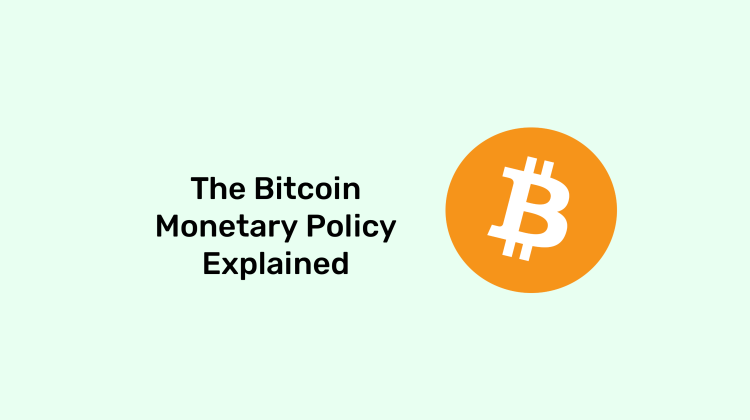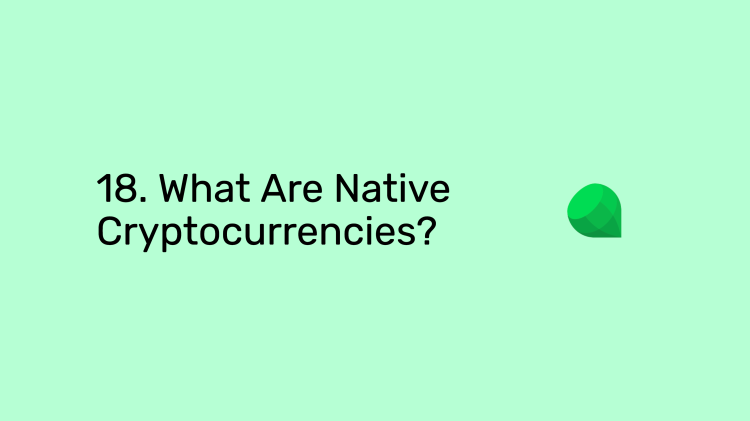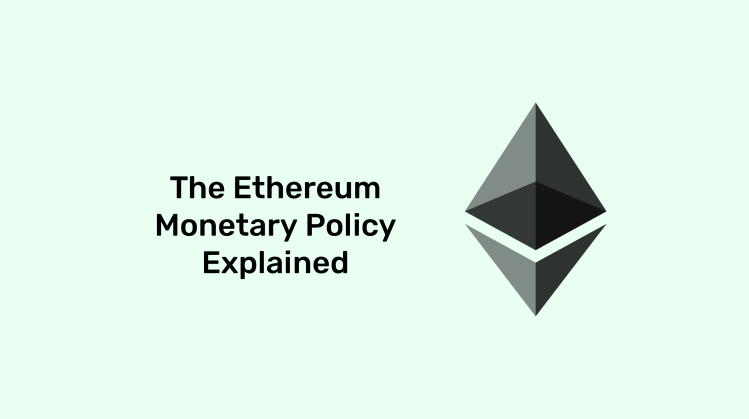How the Bitcoin supply is set.
You can watch this educational content here:
Bitcoin’s monetary policy depends on two variables:
The block reward for miners
The frequency of blocks
What Is the Block Reward?
As Bitcoin is a proof of work blockchain, and to create blocks miners have to spend a lot of energy and capital in equipment and mining operations, they need to get paid to create new blocks.
Then, the Bitcoin network issues $BTC for miners and credits them in their account each time they create a block.
How Much do Miners Get Paid Per Block?
The Bitcoin network started paying miners 50 $BTC per block when it was launched in 2009.
From then on it has been discounting by 50% (also called the “halvening”) every four years the reward to 25, 12.50, 6.25, which is the current payment, and will continue with 3.125, 1.5625, and so on.
What Is the Frequency of Blocks?
The frequency of blocks is how much time passes between blocks, or how much time it takes to create each new block.
The Bitcoin network is programmed so that the blocks take 10 minutes on average to be created. This means that miners get paid every 10 minutes.
How Many Bitcoins Are Created Per Day?
So, one day has 24 hours, which is 1,440 minutes. If we divide 1,440 by 10 minutes, then there are 144 blocks per day on average.
When Bitcoin was paying 50 $BTC per block, then there were 7,200 $BTC created per day (50 x 144). Now it is paying 6.25, so there are 900 created per day (6.25 x 144).
How Many Bitcoins Will There Ever Exist?
Because the Bitcoin network reduces the payment to miners by ½ every four years, it pays them every ten minutes, and the minimum divisible denomination of $BTC is 0.00000001, then Bitcoin will have a maximum supply of 21,000,000 $BTC that will be reached on block 6,929,999 which will happen more or less in the year 2140.
When Block Rewards Get Low, How Will Miners Get Paid?
The Bitcoin network doesn’t only pay mining rewards to miners, it also pays transaction fees.
Because the Bitcoin network can only process more or less 577,000 transactions per day, it is estimated that the fees per transaction will go up and this will replace the mining rewards.
Thank you for reading this educational post!
Please remember to download Emerald here:



